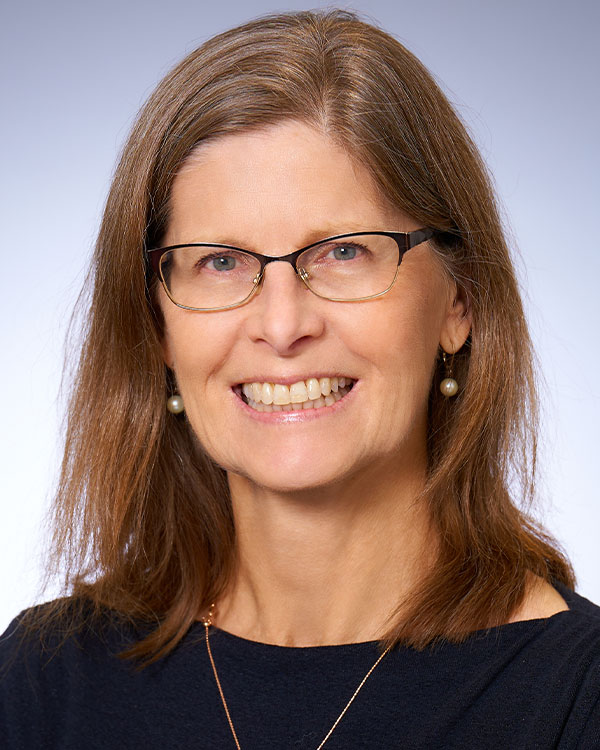
As the gold standard for screening and the only imaging tool proven to reduce breast cancer mortality, mammography is a technology that has evolved significantly over the decades.
While 3D mammography has been around for nearly 10 years, radiologists still routinely hear the question, “Is 3D mammography really better than traditional digital mammography?”
As someone who has been in the field of radiology for more than 25 years, my unwavering response is always “Yes, it’s definitely better.”
I’ll never forget the first time I detected an abnormality on a 3D scan – it was amazing how much clearer and easier it was to see it.
The primary difference between the two technologies is the sheer number of images we’re getting from the two tests:
While 3D mammography provides a lot more information to look at and process, radiologists have now had 10 years of training our eyes to find areas of potential concern.
For women with dense breast tissue, getting a 3D mammogram is even more important because the individual images allow us to see around or through the overlying dense breast tissue that could be hiding an abnormality.
With that said, the data has proven that all women benefit from the use of 3D mammography. In fact, a study published in JAMA Oncology indicated that cancer detection rates are higher in those who routinely get 3D mammograms, which tells us that 3D imaging may be catching cancers that would otherwise have gone undetected.
When a patient gets a 3D mammogram, we also get a 2D mammogram at the same time so we have as much data as possible when evaluating the scans. In previous years, this meant the patient would get twice as much radiation – which was concerning for many although the dosage was still well within the limits set by the American College of Radiology (ACR) for mammography. Fortunately, nowadays, newer equipment allows us to synthesize 2D images from the 3D scan. Raleigh Radiology introduced this practice earlier in 2020, and patients who get 3D mammography are getting half the radiation they’d have received just a year ago.
What’s It Worth?
In most cases, when it comes to emerging technology in healthcare, patients aren’t usually given the choice of which equipment is used. However, as providers (including Raleigh Radiology) and insurance companies are striving to be more transparent about the cost of healthcare, most patients know that 3D mammography is a little more expensive and therefore, may opt for the lower cost service. Many assume that if they’re not at greater risk for breast cancer that they don’t need 3D mammography. While most people wouldn’t opt for the older model equipment for a heart surgery for obvious reasons, using the most advanced technology is just as important for mammography screening. I remind patients that 75% of women diagnosed with breast cancer have no increased risk.
At the end of the day, the cost difference is typically around $50 – which is well worth it for the peace of mind that you’re getting a more comprehensive test. Most radiologists agree that if cost is an issue, you may want to opt for a 3D test every 3-4 years at a minimum, with traditional mammograms every year in between.
The American College of Radiology recommends that all women of average risk get a screening mammogram every year starting at age 40. Dr. Julie Taber is a board-certified, fellowship-trained breast imaging radiologist. She earned her bachelor of science degree from Brown University and her medical degree from the Duke University School of Medicine. She completed her internship in internal medicine at New York Hospital and her residency in diagnostic radiology at Duke University Medical Center. From there she completed additional fellowship training in mammography and pediatric radiology at Duke University Medical Center. She is a member of the Society of Breast Imaging and the American Institute of Ultrasound in Medicine.
